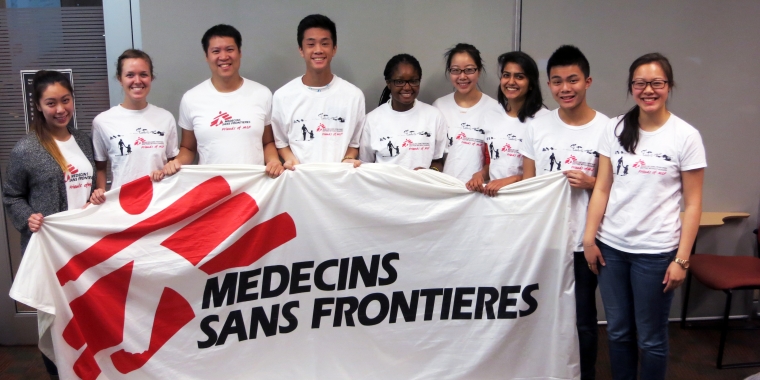
Active Learning: The Future of Education
Education is undergoing a significant transformation, with active learning emerging as a powerful approach to improve student engagement and outcomes. Unlike traditional passive learning, active learning involves students actively participating in the process, leading to better retention and understanding of concepts. This article explores how active learning is shaping the future of education.
—
1. What is Active Learning?
Active learning focuses on engaging students in activities such as discussions, problem-solving, and collaborative projects. It shifts the focus from lecture-based teaching to interactive experiences that encourage critical thinking and creativity.
—
2. Benefits of Active Learning
– Improved Retention: Students remember more when they actively engage with the material.
– Enhanced Problem-Solving Skills: Active learning develops analytical and critical thinking abilities.
– Greater Collaboration: Group activities foster teamwork and communication skills.
– Higher Engagement: Interactive methods keep students interested and motivated.
—
3. Active Learning Techniques
– Think-Pair-Share: Students think about a question, discuss with a partner, and share insights with the class.
– Case-Based Learning: Analyzing real-world scenarios to apply theoretical knowledge.
– Flipped Classrooms: Students review material at home and engage in discussions and activities during class time.
– Gamification: Using game-based elements like points, challenges, and rewards to enhance learning.
—
4. Technology’s Role in Active Learning
Digital tools play a vital role in implementing active learning. Platforms like Kahoot, Nearpod, and Padlet provide interactive quizzes, collaborative boards, and virtual discussions to make learning dynamic and fun.
—
5. Challenges of Active Learning
– Time-Intensive: Requires more preparation than traditional lectures.
– Classroom Management: Managing group activities can be challenging for larger classes.
– Resistance to Change: Both educators and students may be hesitant to adopt new methods.
—
6. How Educators Can Adopt Active Learning
– Start small by incorporating active learning elements into existing lesson plans.
– Use technology to facilitate and track engagement.
– Provide clear instructions and support to help students adapt to the new approach.
—
Real-Life Example: Active Learning at Harvard University
Harvard University’s introduction of flipped classrooms in its science courses resulted in higher student engagement and better exam performance. Students praised the interactive approach for making complex topics easier to understand.
—
Conclusion
Active learning is revolutionizing education by making it more student-centered and effective. As more institutions adopt this approach, the future of learning looks brighter, fostering a generation of critical thinkers and problem solvers. Start exploring active learning techniques today to transform your classroom experience.








